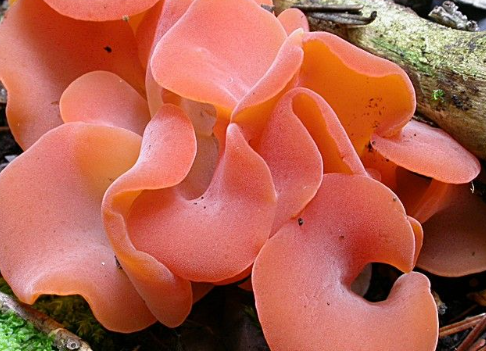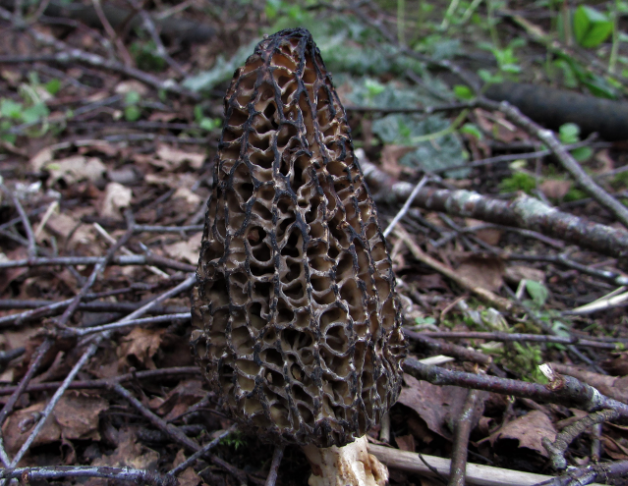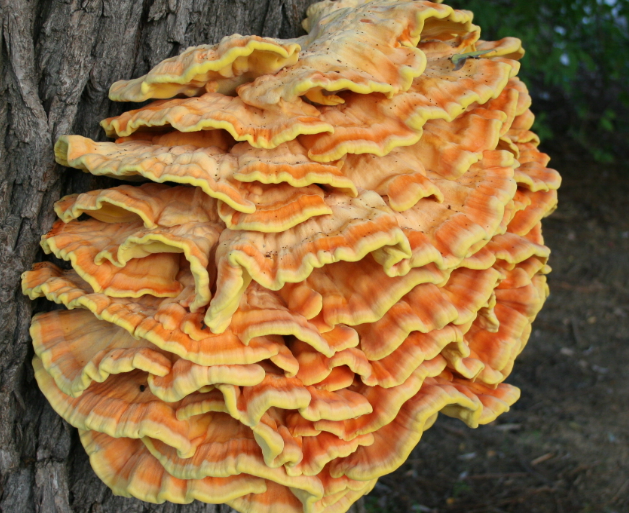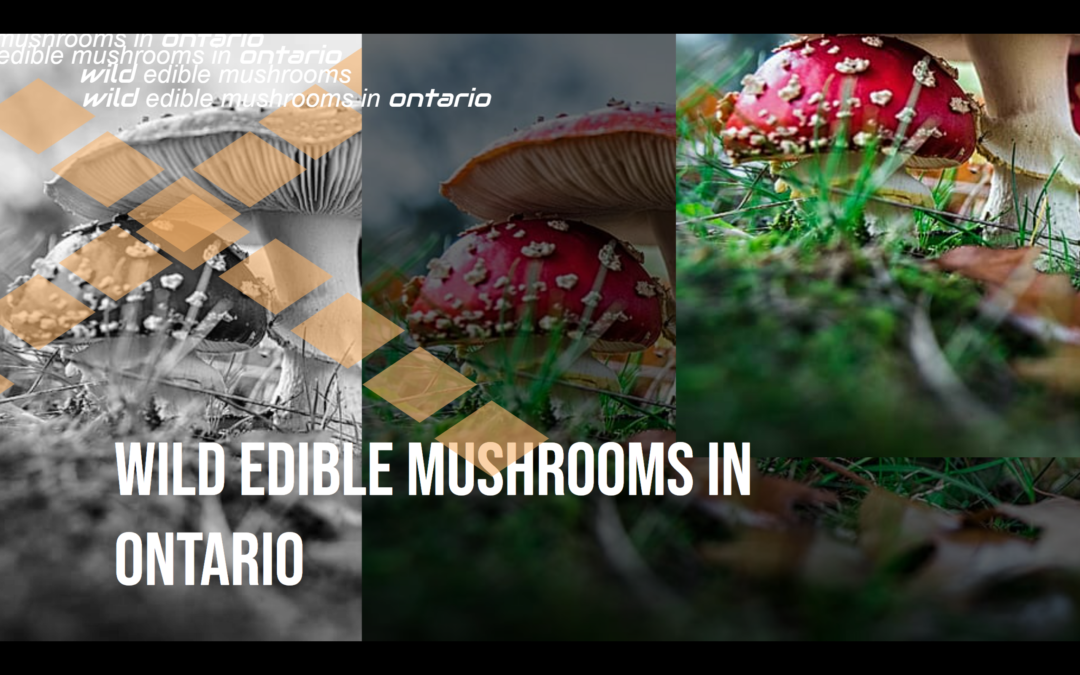Wild Edible Mushrooms in Ontario
Written By: Sahaer N
Edited By: Howie Nguyen
Designed By: Morouje Sherif
Published By: Howie Nguyen
There are over 5,000 different types of exotic, rare, common, special, poisonous, or endangered species of mushrooms found in Ontario. Those are the ones that have been discovered and classified but there are many more still being discovered.
Everyone loves mushrooms, right?
I like mushrooms a lot. They’re not just delicious but play key ecological functions as decomposers in biodiversity. They spread enzymes that break down dead or decaying organisms and plants which spread nutrients in soil producing new plants and seeds. They are essential sources of food, health benefits, income, and forest health. They also absorb water for the trees.
Cool, right?
In this blog, we’ll be talking about some unique wild edible mushrooms located here, in Ontario.
1. Apricot Jelly mushroom:
There is a widespread of Apricot Jelly Mushrooms and are easily recognized due to their salmon-pink to orange pigmentation. They can reach from 4-10cm in height and be 6cm wide. Whenever it rains, Apricot Jelly Mushrooms can produce new sets of spores. They have a rubbery body and a shape similar to horns. Apricot Jelly Mushrooms usually grow in summer and warm climates and on grounds or rotted woods.
2. Bear Head Tooth Mushroom:
Bear head Tooth Mushroom are fresh white in the beginning and as they get older they start to turn yellow. It has a tight-branched structure and can extend from 15-30cm in width Its spines are 1cm long and have a mop or fur-like features. They advance on branches or alive trees from late August to November.
3. Black Moral:
Black Morals are a popular edible fungus and can be found under or near fallen trees, sandy forests, and even near the Niagara Escarpment. They are black-brownish and have a honeycomb body shape. They have spongy features and are completely hollow from the inside. They sprout from April to early May.
4. Blue Chanterelle:
Blue Chanterelle has a funnel structure with, a soft and smooth appearance. They have a dark blue-purplish hue and are found in groups, stacked against the edges of spruce and fir trees. They occur in the summer and fall months. They can be added to oil, and butter or used in pasta dishes.
5. Common Puffball:
Common Puffballs are a very common type of mushroom found in Ontario. They can be 8cm tall and 5cm wide. They have a cream-brownish tint and have pyramid-structured warts. They are located on mixed woodlands and produce during early November and late June.
6. Chicken of The Woods:
Chicken of the woods can be spotted easily and are well known because of their impressive size and attractive shade of orange-yellow coloration. Its cap measures 3cm in thickness, 5-30cm in width, and 20cm deep. They often spring up near dead, decaying, or even alive trees in stacked form through the summer and autumn seasons. It gets its common name from having similar textures and tastes to chickens. They are shaped like fans and have smooth tops.
Note: Before you eat wild edible mushrooms brought from outdoors make sure that they are edible and cook them before you do.
References
Apricot Jelly. EdibleWildFood. (n.d.). Retrieved July 20, 2022, from https://www.ediblewildfood.com/apricot-jelly.aspx
Bear’s head Tooth. EdibleWildFood. (n.d.). Retrieved July 20, 2022, from https://www.ediblewildfood.com/bears-head-tooth.aspx
Black morel. Missouri Department of Conservation. (n.d.). Retrieved July 20, 2022, from https://mdc.mo.gov/discover-nature/field-guide/black-morel
Blue Chanterelle Mushrooms. Information, Recipes and Facts. (n.d.). Retrieved July 20, 2022, from https://specialtyproduce.com/produce/Blue_Chanterelle_Mushrooms_9726.php
Braganza, C. (2010, May 12). Foraging for morels. thestar.com. Retrieved July 20, 2022, from https://www.thestar.com/life/food_wine/2010/05/12/foraging_for_morels.html#:~:text=Sometimes%20they%27ll%20look%20by,like%20a%20little%20breathing%20space
Chicken of the Woods. EdibleWildFood. (n.d.). Retrieved July 20, 2022, from https://www.ediblewildfood.com/chicken-of-the-woods.aspx#:~:text=The%20cap%20measures%20anywhere%20from,up%20to%203%20cm%20thick
Edible ontario! The Urban Botanist Inc. (2020, October 15). Retrieved July 20, 2022, from https://theurbanbotanist.ca/blogs/news/edible-ontario
Martins, A. (2016). The Numbers Behind Mushroom Biodiversity. In Wild Plants, Mushrooms and Nuts (eds I.C.F.R. Ferreira, P. Morales and L. Barros). https://doi.org/10.1002/9781118944653.ch2
Pratt, P. (n.d.). Mushroom Photo Gallery – Ojibway Nature Centre – City of windsor. Retrieved July 20, 2022, from http://www.ojibway.ca/mushrooms.htm#:~:text=Over%205%2C000%20different%20kinds%20of,organic%20material%20for%20their%20food

